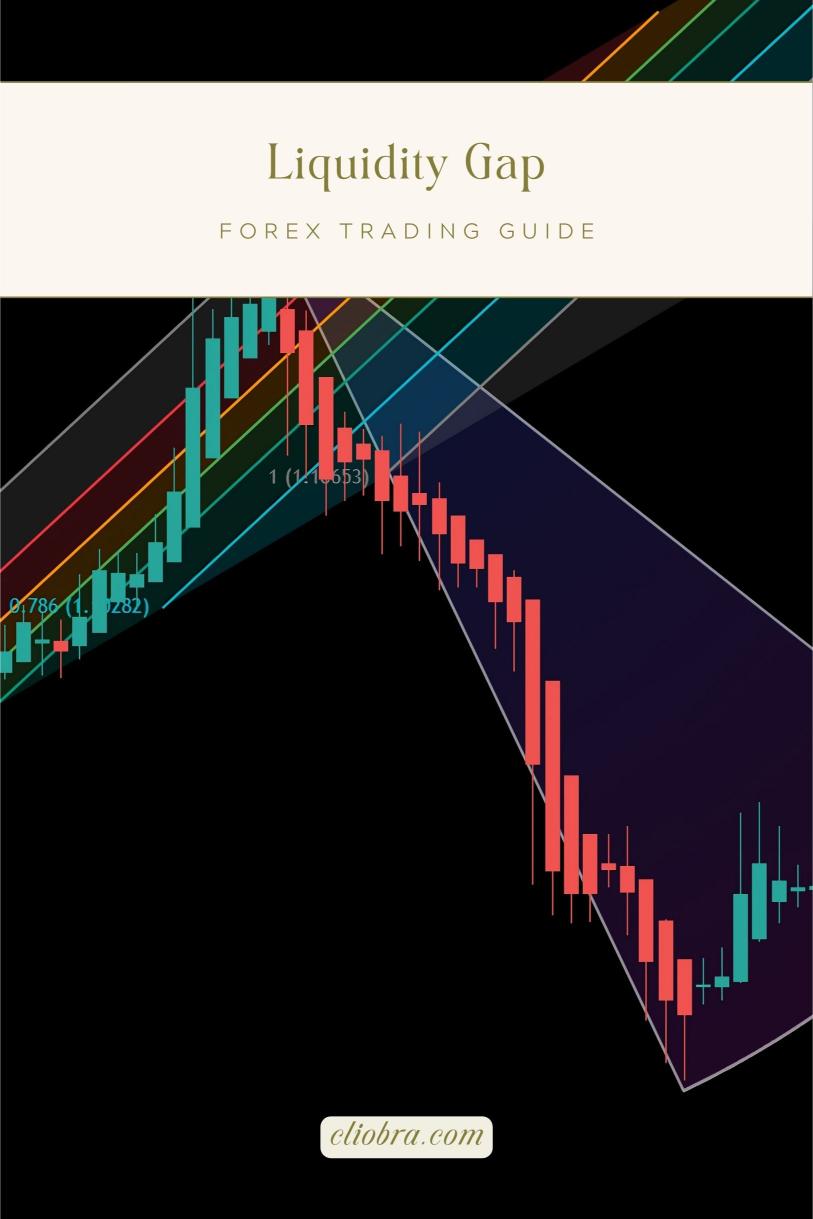Last Updated on February 11, 2025 by Arif Chowdhury
Ever stared at your trading screen and thought, “Why did that price just spike?”
Or maybe you’ve felt the frustration of missing out on a good trade because the market was just too thin.
You’re not alone.
These moments often come down to one concept: the liquidity gap.
Let’s dive into what that means and how you can navigate it like a pro.
Understanding the Liquidity Gap
A liquidity gap happens when there aren’t enough buyers or sellers in the market to absorb trades at a given price.
Think of it like this:
- High liquidity means there’s a lot of trading activity.
- Low liquidity means fewer participants, leading to larger price swings.
When liquidity is low, even a small order can cause a significant price change.
Statistical fact: Research shows that during major economic announcements, liquidity can drop by up to 50%.
This creates those wild price movements you see during news releases.
Why Should You Care?
If you trade without understanding liquidity gaps, you may face:
- Slippage: This is when your order executes at a different price than expected.
- Wider spreads: The difference between buying and selling prices can widen dramatically.
- Increased volatility: Low liquidity often leads to erratic price movements.
These factors can eat into your profits fast!
How to Identify Liquidity Gaps
- Watch the Economic Calendar:
Major news releases can impact liquidity. Check the calendar, and be prepared for potential gaps. - Look at Trading Volume:
Monitor the volume in your trading pairs. Low volume usually indicates a potential liquidity gap. - Use Technical Indicators:
Certain indicators, like the Average True Range (ATR), can signal upcoming volatility.
Trading Strategies Around Liquidity Gaps
Navigating liquidity gaps requires strategic planning.
Here’s how you can do it:
Avoid Trading During Major News:
If you know a significant announcement is coming, consider sitting it out.
Use Limit Orders:
Instead of market orders, use limit orders to control your entry and exit points.
Trade Pairs with High Liquidity:
Focus on major currency pairs like EUR/USD or GBP/USD. These typically have higher liquidity and less chance of large gaps.
Consider Automated Trading:
This is where my 16 trading bots come into play. Each bot is designed to trade only when the market conditions are favorable, minimizing risk during low liquidity periods. They’ve been backtested for the last 20 years and perform well under various conditions.
You can explore my trading bot portfolio here for a free setup!
Risk Management for Liquidity Gaps
Even the best strategies can face hurdles.
Here’s how to mitigate risks:
- Set Stop-Loss Orders:
Always protect your trades. This is crucial when entering low liquidity markets. - Diversify Your Portfolio:
Just like my bots, diversifying across different currency pairs can reduce risk. - Be Prepared for Volatility:
Stay calm and stick to your trading plan. Emotional trading often leads to regrettable decisions.
Best Forex Brokers for Your Trading Needs
Now that you’re equipped to handle liquidity gaps, you need the right tools.
Choosing a reliable broker is essential.
Here’s what to look for:
- Tight Spreads: This reduces costs on your trades.
- Fast Execution: Quick order fills prevent slippage.
- Solid Customer Support: They should assist you when you need help.
For brokers that have tested well in these areas, check out my list of most trusted forex brokers.
Final Thoughts
The liquidity gap is a crucial concept every Forex trader should understand.
By knowing how to identify and trade around these gaps, you can protect your capital and maximize your profits.
And remember, whether you’re a seasoned trader or just starting, my 16 trading bots are here to help you navigate these waters smoothly.
Get started with my free EA portfolio to enhance your trading strategy today!
